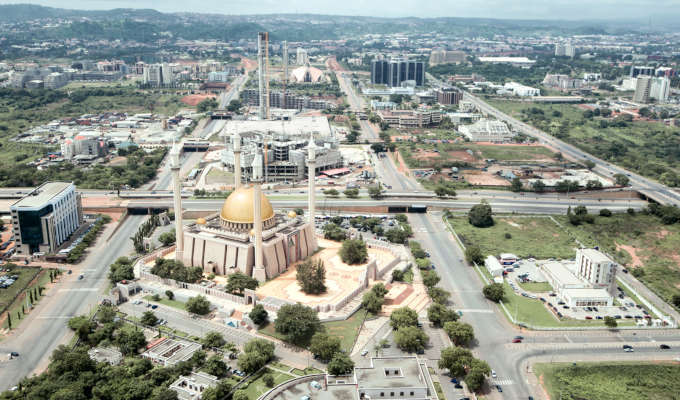
Abuja is the capital and eighth most populous city of Nigeria. Located in the centre of the country within the Federal Capital Territory (FCT), it is a planned city built mainly in the 1980s. It replaced Lagos, the country’s most populous city, as the capital on 12 December 1991
In 2006 Abuja had a population of 776,298 people. In some areas the population is growing at about 30 percent each year. The FCT occupies 2,824 square miles and the city is 1,180 feet above sea level. The FCT is bordered on the northeast by Kano state, to the east and south by Plateau state, southwest by Kogi state, and to the west and northwest by Niger state. The Benue and Niger Rivers, the two major rivers in the nation, are also close to the FCT. Abuja is located 300 miles northeast of Lagos, Nigeria’s former capital and still the nation’s largest city.
The capital was moved from Lagos to Abuja due to political divisions, geographical constraints, and ethnic tensions. Lagos, which was designated the capital shortly after the British established the unified colony of Nigeria in 1900, was situated in the southwestern corner of the nation in a region heavily dominated by Yoruba Christians. By the 1970s, Lagos, with well over four million people and built on multiple islands, had little land available for expansion. Also, Muslim political leaders who dominated the national government, wanted a capital closer to their center of influence, the heavily Islamic North.
Abuja was chosen because of its centralized location, less humid climate, and because as a new, planned city it would have the opportunity to experience an orderly expansion. It was also viewed as a neutral site on the cultural, religious, and political border between the mostly Christian South and the Muslim North.
Picture Credit : Google




